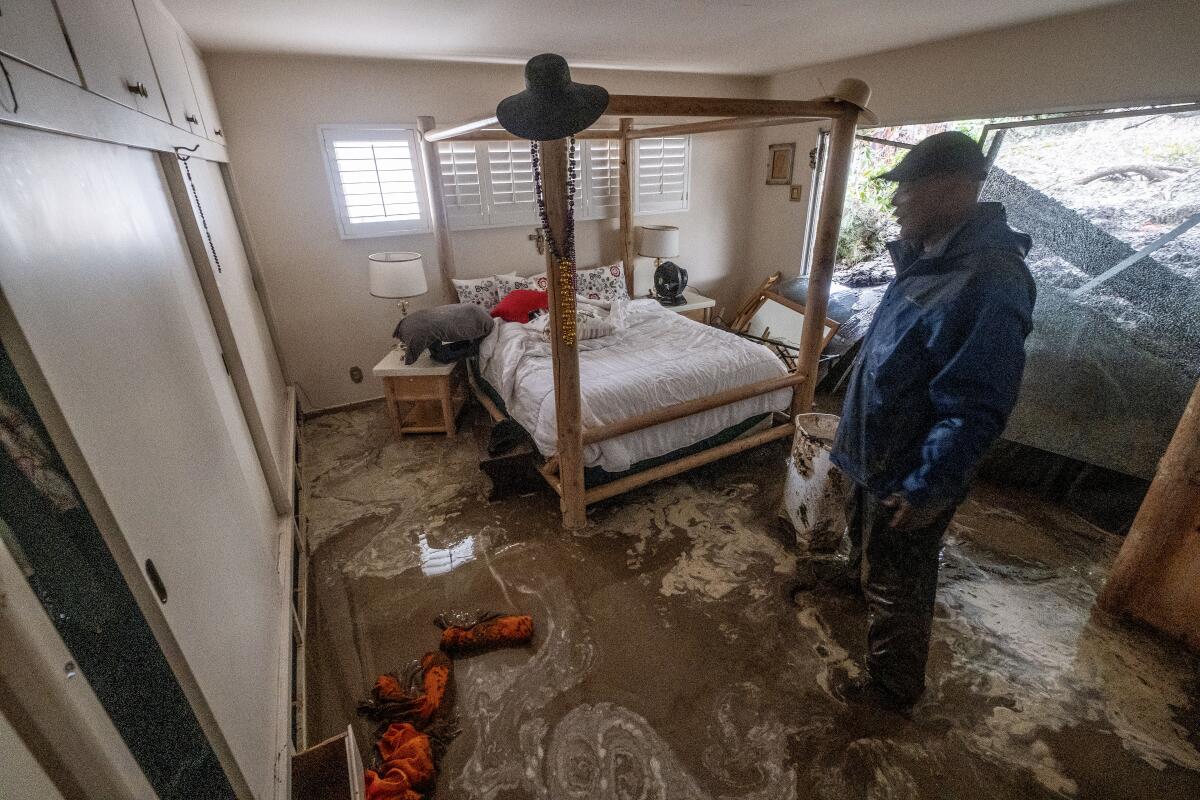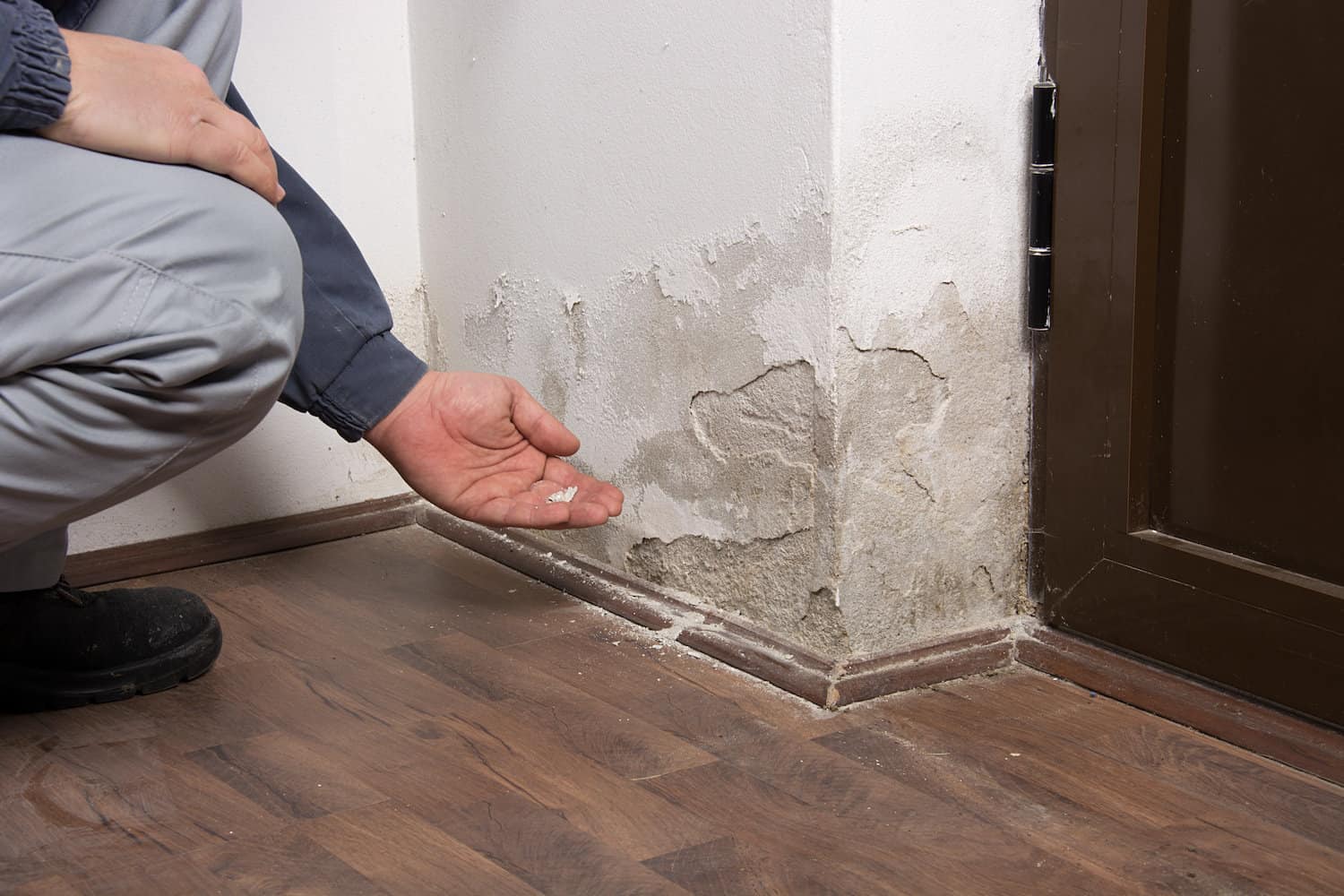Water Damage Cleanup Experts Offering Prompt and Efficient Solutions
Wiki Article
The Refine of Water Damage Clean-up: Guaranteeing Your Home Is Recovered Efficiently
Water damage can be a challenging obstacle for home owners, requiring a organized and meticulous clean-up procedure to bring back safety and security and performance. damage restoration services. Following this, efficient water removal strategies play a critical function in reducing more injury.Assessing the Damage
Upon uncovering water damages, the very first step is to completely evaluate the level of the impact. This initial analysis is vital, as it helps identify the needed actions for efficient cleanup and restoration. Begin by examining the affected locations, including wall surfaces, ceilings, floorings, and individual belongings, to recognize the source of the water breach, whether from flooding, leakages, or condensation.Recording the damages is important for both insurance cases and planning remediation initiatives - damage restoration services. Usage photographs and written notes to catch the intensity of the damage, keeping in mind any affected structural aspects and materials. Pay unique interest to locations that may not be immediately visible, such as behind wall surfaces and under carpets, as concealed moisture can cause additional complications, consisting of mold growth
Furthermore, assess the timeline of the water exposure. The longer the products remain damp, the better the potential for damages. Understanding the duration of direct exposure will notify the necessity of remediation efforts. Ultimately, a thorough assessment lays the groundwork for an effective water damages clean-up process, guaranteeing that all influenced locations are attended to efficiently and completely.
Water Removal Techniques

Professionals commonly employ completely submersible pumps for larger quantities of water, which can quickly minimize flooding in basements or other impacted areas. For smaller quantities, wet/dry vacuum cleaners are usually utilized to remove recurring dampness from rugs and hard surface areas. Additionally, making use of portable extractors permits for targeted removal in constrained areas or areas with fragile products.
In circumstances of polluted water, such as sewer or floodwater, advanced removal techniques might involve the usage of biohazard tools to make sure safety and security and compliance with wellness policies. High-powered removal tools are vital in lessening water retention in structural products, which can lead to mold development and structural wear and tear otherwise dealt with quickly.
Inevitably, the performance of water removal methods plays a pivotal function in the total success of the water damage clean-up procedure, preparing for subsequent reconstruction efforts.
Drying and Dehumidification
When standing water has actually been efficiently drawn out, the next important stage in the water damage clean-up procedure is drying out and dehumidification. This step is vital to stop additional damages and mold and mildew growth, which can happen within 24 to two days in wet settings.To achieve effective drying, specialized devices such as industrial-grade air movers and dehumidifiers is utilized. Air moving companies distribute air throughout damp surface areas, improving dissipation prices, while dehumidifiers minimize moisture degrees in the air, promoting a favorable atmosphere for drying. The combination of these tools guarantees that wetness is extracted from walls, floors, and furnishings, allowing them to dry completely.
It is necessary to keep an eye on the drying process closely. Specialists frequently use dampness meters to evaluate the moisture web content in numerous materials, guaranteeing that all affected locations get to acceptable dry skin degrees. This meticulous strategy aids to avoid concealed wetness pockets that could bring about architectural damage or unhealthy mold and mildew growth.

Cleaning and Disinfecting
After the drying out and dehumidification phase is full, the following important action in water damage cleaning is cleaning up and sanitizing the influenced areas. This procedure is vital to avoid the development of mold, microorganisms, and other virus that prosper in damp settings.The cleaning stage usually involves getting rid of any type of particles, dirt, and impurities from surfaces making use of specialized cleaning up agents. For difficult surfaces, a mix of soap and water or industrial cleansing items is usually utilized. Soft products, such as furniture and rugs, might need much more considerable cleansing techniques, consisting of heavy steam cleansing or deep removal methods, to ensure comprehensive sanitation.

Sanitizing follows cleaning, utilizing EPA-approved anti-bacterials to remove hazardous microorganisms. This step is vital, specifically in locations that might have come right into call with floodwaters or sewage, as these resources can pose major health threats.
Additionally, it is very important to deal with any remaining smells, which may require the use of smell neutralizers or innovative strategies like ozone therapy. Appropriate cleaning and disinfecting not just bring back the safety and hygiene of your home but also prepared for successful remediation and repair services in subsequent stages of the water damages cleaning procedure.
Repair and Repair Services

As soon as the evaluation is full, reconstruction efforts can start. This usually includes repairing or changing damaged products, making sure that all work follows local structure codes and standards. For example, if drywall has actually been jeopardized, it will certainly need to be eliminated and changed with new material. In addition, flooring might call for similar interest, depending on the degree of water direct exposure.
It is vital to engage skilled repair specialists during this process, as they possess the expertise to manage complicated repair work efficiently. In addition, they can aid reduce prospective future problems, such as mold and mildew development or architectural instability, hence ensuring a habitable and risk-free living atmosphere. Eventually, efficient repair and repair services bring back the home's stability and improve its general value.
Conclusion
In conclusion, the process of water damages cleaning is critical for recovering a home to its pre-damage problem. Each stage, from examining the damage to executing effective water extraction strategies, complied with by complete drying out, sterilizing, and necessary repairs, plays an important role in making sure security and compliance with structure requirements. Efficient execution of these actions not only reduces immediate damages however also enhances the lasting stability and value of the residential or commercial property.Water damage can be an overwhelming difficulty for homeowners, requiring a meticulous and organized cleaning process to recover safety and capability. Eventually, a comprehensive evaluation lays the groundwork for a successful water damages clean-up procedure, guaranteeing that all impacted locations are addressed successfully and extensively.
Efficient water extraction methods are essential in alleviating damage and stopping additional difficulties following a water breach event.In conclusion, the procedure of water damage clean-up is critical for restoring a home to its pre-damage condition. Each phase, from analyzing the damage to carrying out effective water extraction strategies, adhered to water damage restoration by comprehensive drying out, sanitizing, and needed repair work, plays a necessary duty in guaranteeing safety and compliance with building criteria.
Report this wiki page